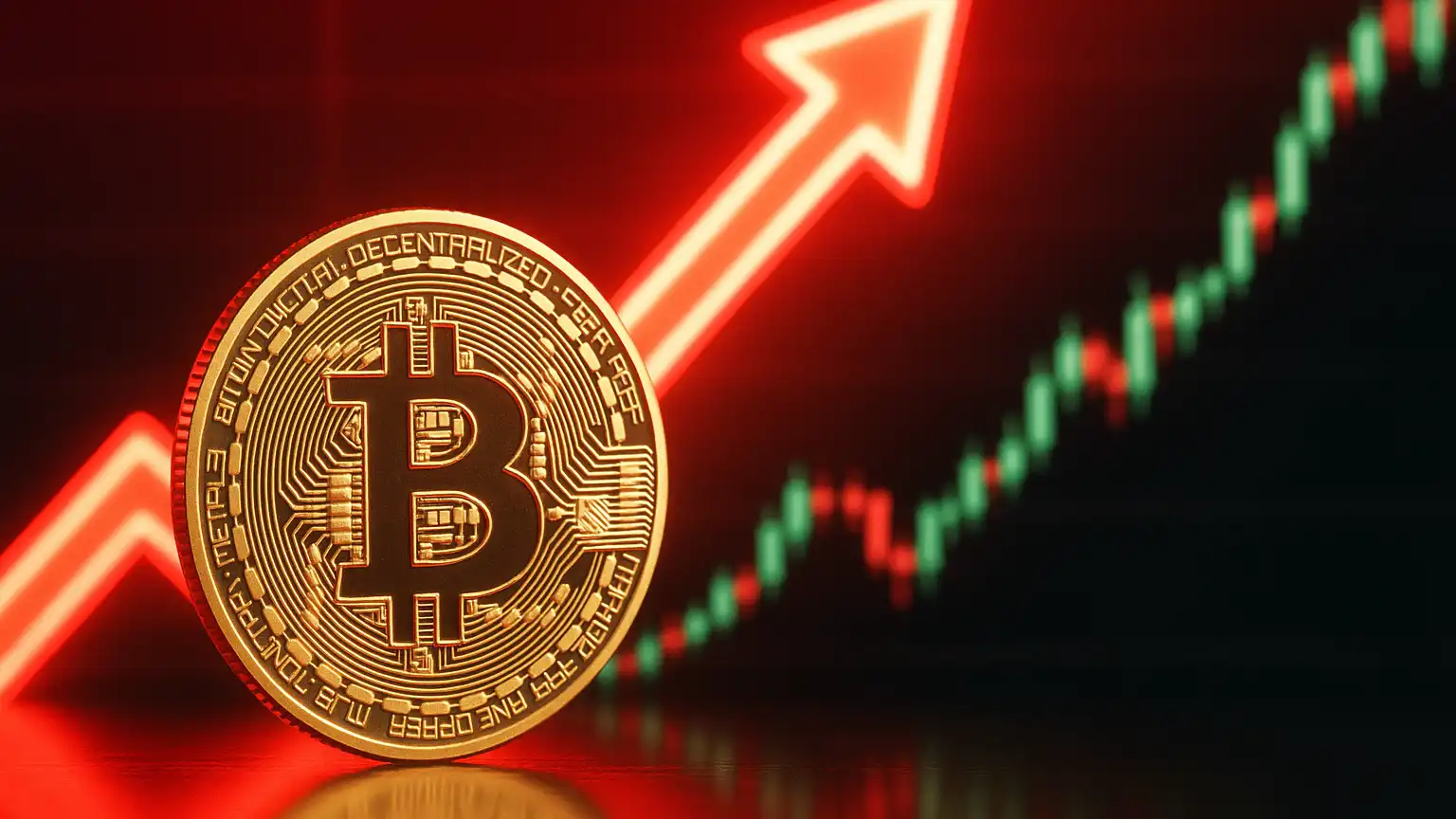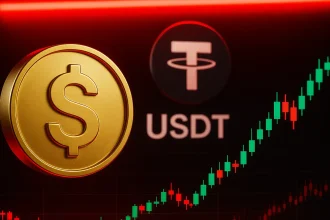The cryptocurrency market, as of August 31, 2025, presents a complex tapestry of bullish and bearish sentiments, influenced by a myriad of factors ranging from macroeconomic indicators to regulatory developments and technological advancements. This analysis aims to dissect these elements, providing a comprehensive understanding of the prevailing market mood.
Bitcoin’s Performance and Market Sentiment
Bitcoin (BTC), the flagship cryptocurrency, has exhibited notable volatility in recent weeks. After reaching an all-time high of $124,210 on August 14, 2025, BTC experienced a pullback, currently trading at $108,707. This fluctuation reflects a market grappling with both optimism and caution. The Crypto Fear & Greed Index, a barometer of market sentiment, has oscillated between “Greed” and “Neutral” territories, indicating a market that is cautiously optimistic yet wary of potential downturns.
Institutional interest continues to play a pivotal role in shaping Bitcoin’s trajectory. Notably, Japanese firm Metaplanet’s acquisition of an additional 463 BTC at an average price of $115,895 per coin underscores a sustained confidence among large-scale investors. Such moves suggest a belief in Bitcoin’s long-term value proposition, despite short-term market fluctuations.
Ethereum’s Ascendancy and Investor Confidence
Ethereum (ETH) has demonstrated remarkable resilience and growth, recently surpassing its previous all-time high from 2021 by reaching $4,945.60 on August 24, 2025. This milestone is attributed to increasing institutional investment, the influence of digital asset treasury companies, ETFs, and growing investor optimism. Experts note a noticeable shift in sentiment as Ether’s programmability and capabilities as a smart contract platform distinguish it from other cryptocurrencies like Bitcoin.
However, the market is not without its challenges. Ethereum ETFs have experienced record outflows, totaling $465 million on August 5th alone. This paradox of ETF withdrawals alongside rising spot prices signals investor caution amid volatile macroeconomic conditions. It suggests that while the long-term outlook for Ethereum remains positive, short-term market dynamics are influenced by broader economic factors.
Regulatory Developments and Their Impact
Regulatory landscapes are evolving, significantly impacting market sentiment. The U.S. Securities and Exchange Commission (SEC) has delayed approval decisions for several popular crypto ETFs to October, increasing market uncertainty. Examples include the Truth Social (Trump platform) Bitcoin–Ethereum ETF, now expected on October 8, and the Solana ETF (21Shares/Bitwise) on October 16. While some analysts view these delays as laying the groundwork for early approvals, they also introduce a level of unpredictability that can sway investor confidence.
Conversely, legislative advancements such as the Senate’s passage of the Genius Act, a new regulatory framework for stablecoins, have bolstered market confidence. This act is seen as a step toward clearer regulatory guidelines, potentially encouraging more institutional participation and fostering a more stable market environment.
Macroeconomic Factors and Market Sentiment
Macroeconomic indicators continue to exert a profound influence on cryptocurrency markets. The anticipation of a Federal Reserve interest rate cut in September, currently priced at 87%, has spurred bullish sentiment. Historically, rate reductions ease the cost of holding non-yielding assets like cryptocurrencies, invigorating demand. However, political developments, such as President Trump’s dismissal of Federal Reserve Governor Lisa Cook, introduce volatility into policy forecasts, adding layers of uncertainty to market sentiment.
Additionally, the US Producer Price Index (PPI) for July exceeded analysts’ expectations, signaling robust inflationary pressures. This development has dampened hopes for an interest rate cut by the Federal Reserve in September, influencing investor sentiment across various crypto assets. Such macroeconomic factors underscore the interconnectedness of traditional financial systems and the cryptocurrency market.
Conclusion
The current cryptocurrency market is characterized by a delicate balance between bullish optimism and bearish caution. While institutional investments and technological advancements fuel positive sentiment, regulatory uncertainties and macroeconomic factors inject a degree of apprehension. Investors are advised to navigate this complex landscape with a nuanced understanding of the multifaceted elements at play, maintaining a vigilant and informed approach to their investment strategies.






